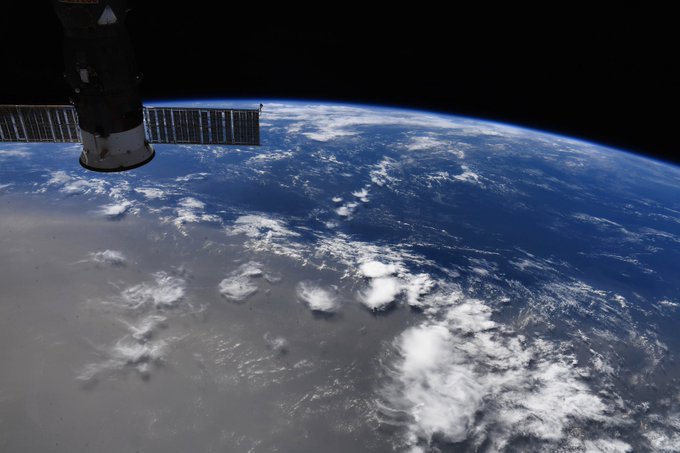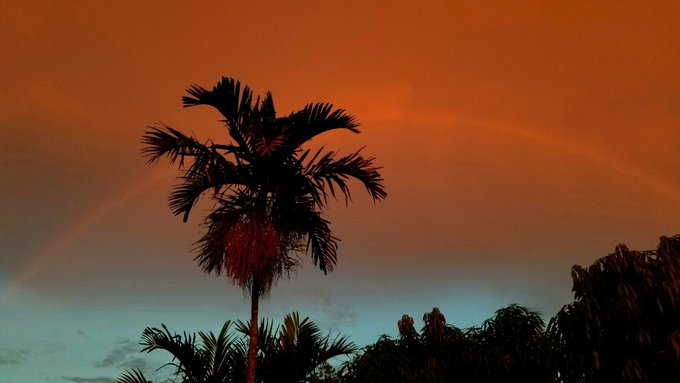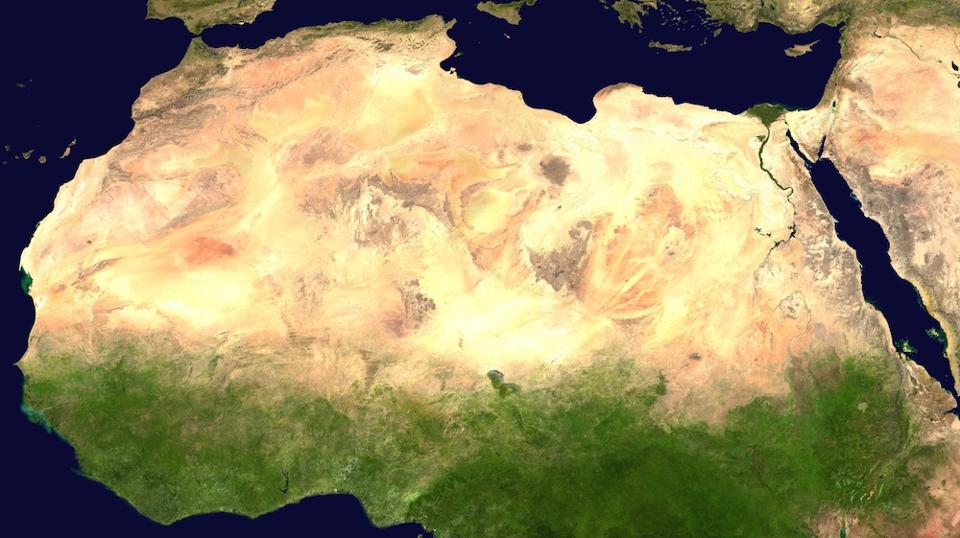
Just in case there was not enough news in 2020, a massive plume of dust and sand from the Sahara Desert is making the 5,000-mile journey across the Atlantic to the Caribbean and the southeastern United States. Although similar Saharan dust clouds are sent from the desert across the Atlantic for thousands of miles nearly every year, this year is exceptional because while these plumes often remain intact over the Atlantic and diffuse over the Caribbean, this one has traveled as far as Puerto Rico and the Southeastern U.S.
- Related: “Abnormally Large Dust Cloud” En-Route From Sahara to North America | Expect Stunning Sunsets
According to Popular Science, this year’s Saharan dust cloud is thicker and more resilient than in years past. It is so opaque that it is clearly visible from space this year. It was photographed from the International Space Station by Astronaut Doug Hurley on Jun 21, tweeting, “We flew over this Saharan dust plume today in the west-central Atlantic. Amazing how large an area it covers!”
These phenomena have actually been officially named the Saharan Air Layer (or SAL). They are created when severe wind storms hit the Sahara and reach the Atlantic Ocean at the Intertropical Convergence Zone. The large plumes of sand then hitch a ride West with the trade winds, which run east-west along the equator.

The plume was already seen in Puerto Rico and reportedly reached parts of Southern Texas and Louisiana as soon as June 24th and 25th, 2020. Residents of the Caribbean and the Gulf States have also witnessed these plumes in their skies, which can often cause brilliant red and orange sunsets (see above). However, Puerto Rican Health and other officials have warned the public of health concerns, especially in light of the COVID-19 pandemic.
Puerto Rico’s Department of Health warned its residents with respiratory issues that the dust will bring hot, dry air, which is a dangerous recipe for triggering asthma. In addition, during the COVID-19 pandemic, experts warn those in the path of the dust cloud to wear masks and practice caution when breathing outdoor air, since the conditions could also exacerbate the infamous respiratory issues caused by the virus.
Yet, these dust plumes, or SALs, have some incredible, beneficial effects on life on this planet. They are given credit not only with helping biodiversity in the Caribbean Sea but also with fertilizing the Amazon. These dust plumes are even sometimes responsible for suppressing tropical storms or hurricanes.
